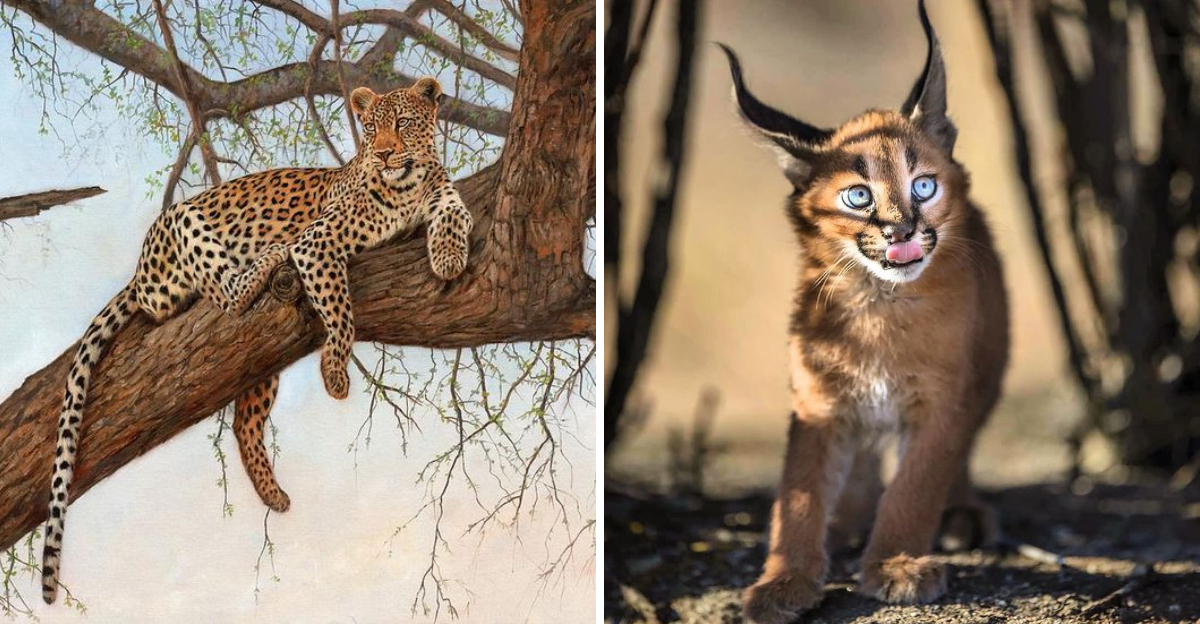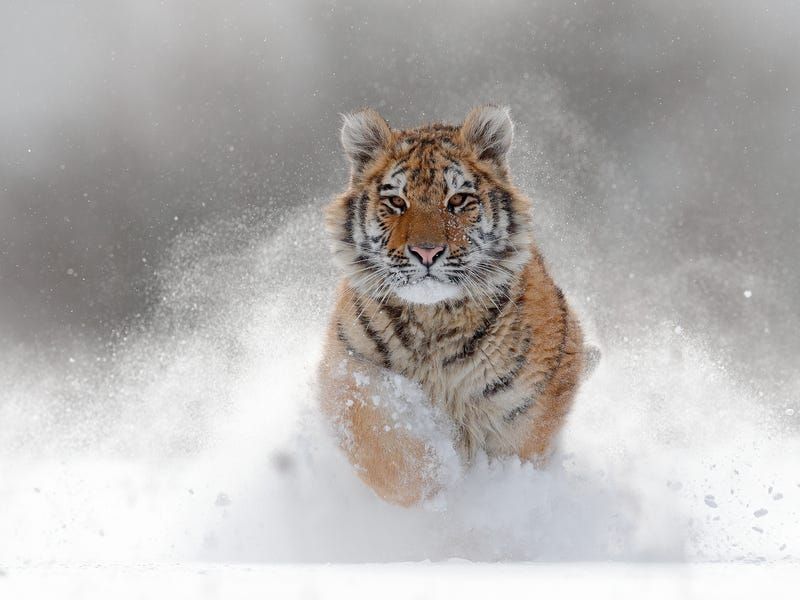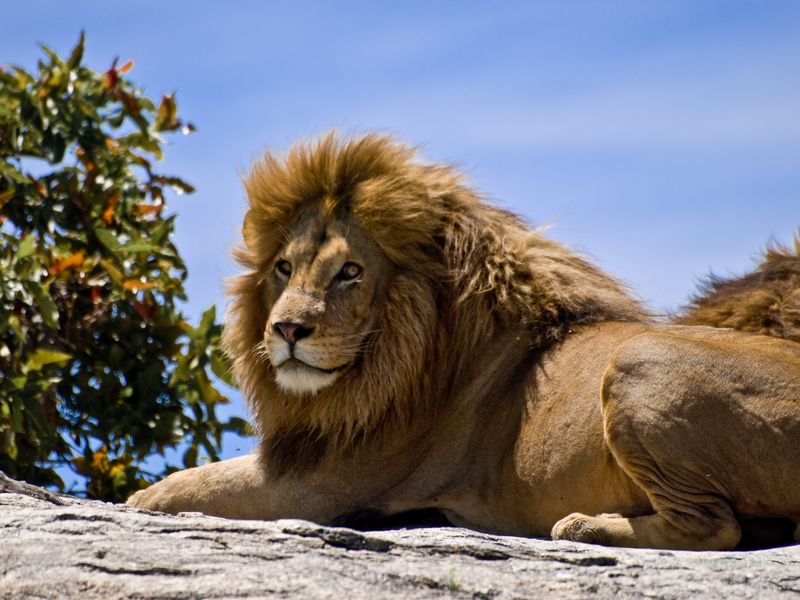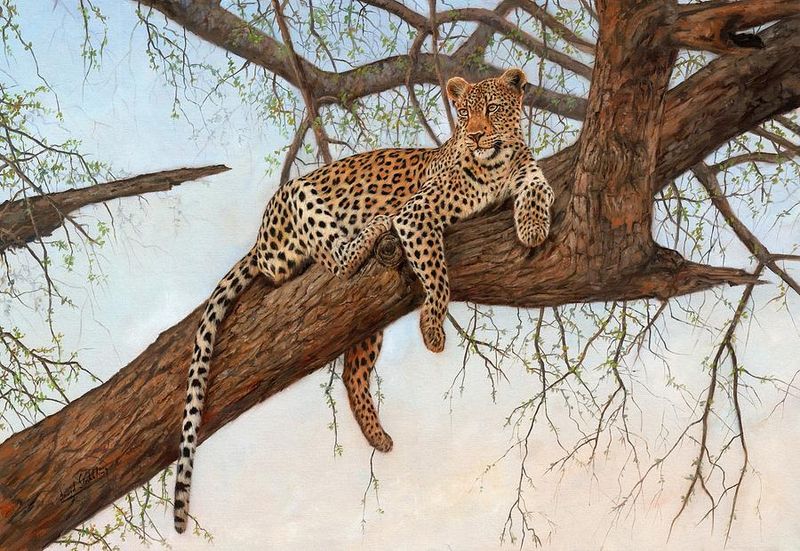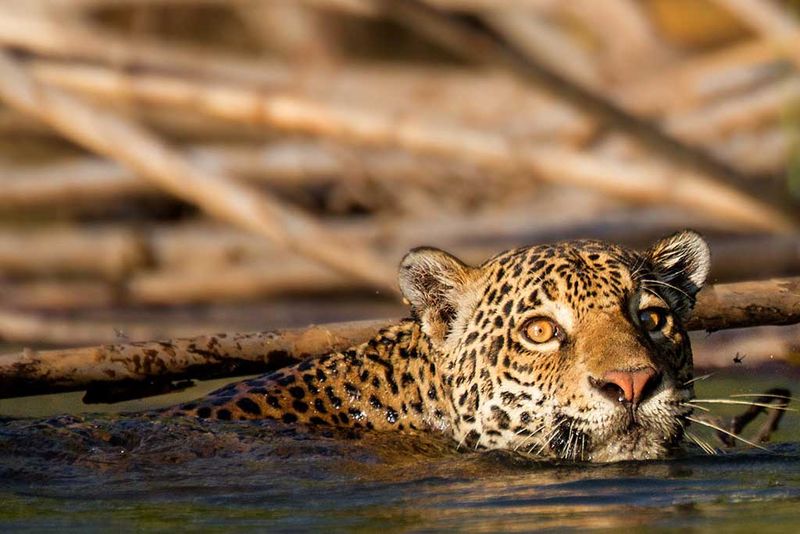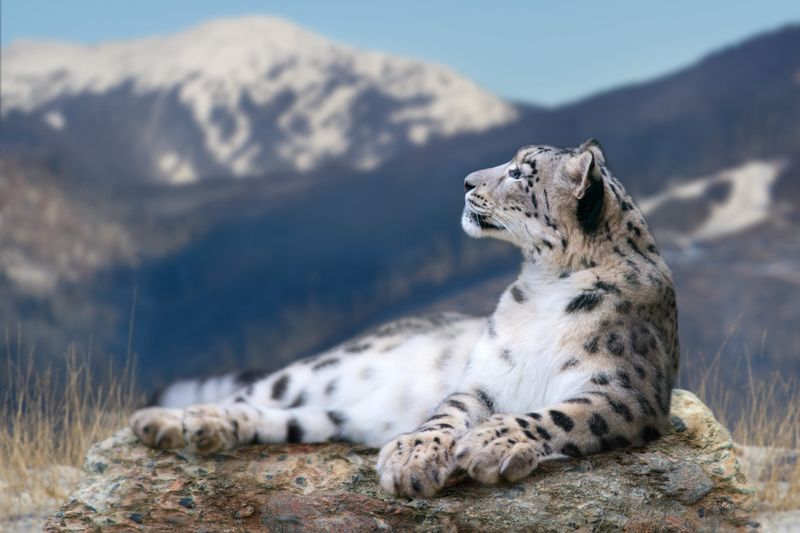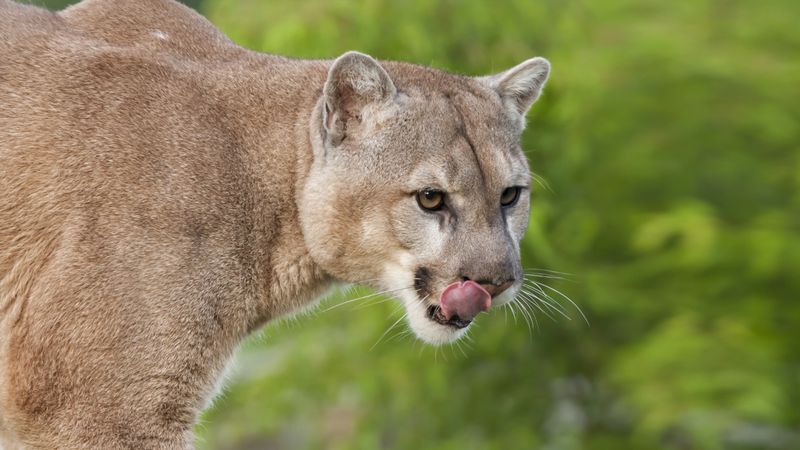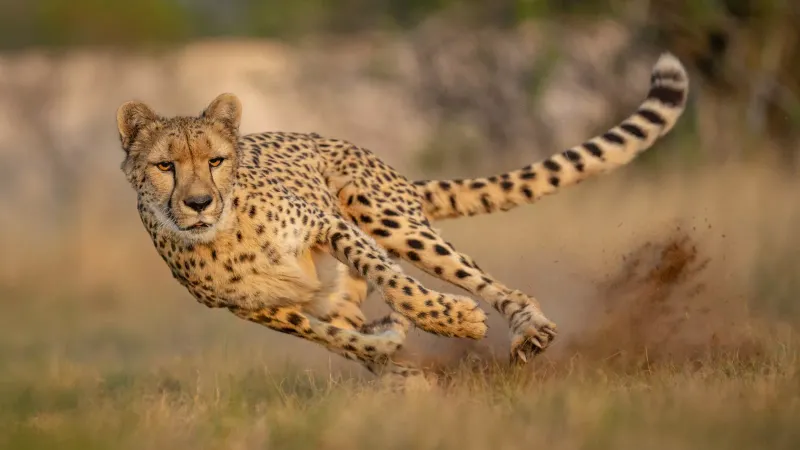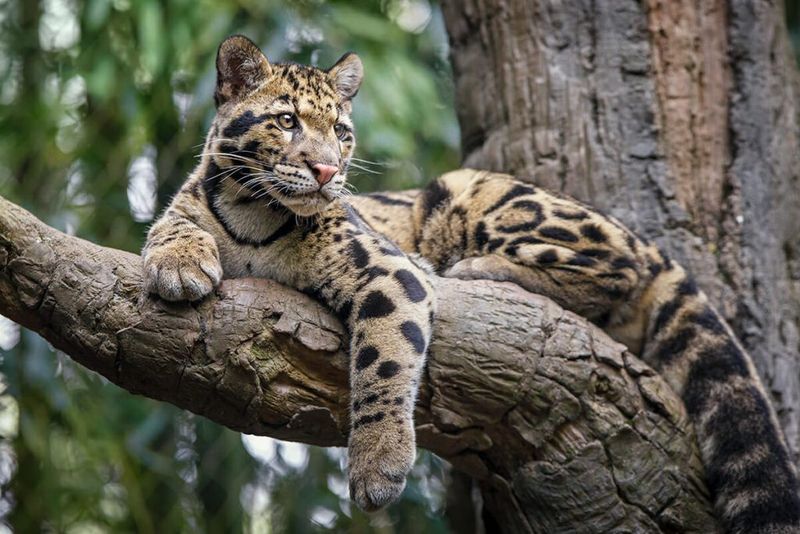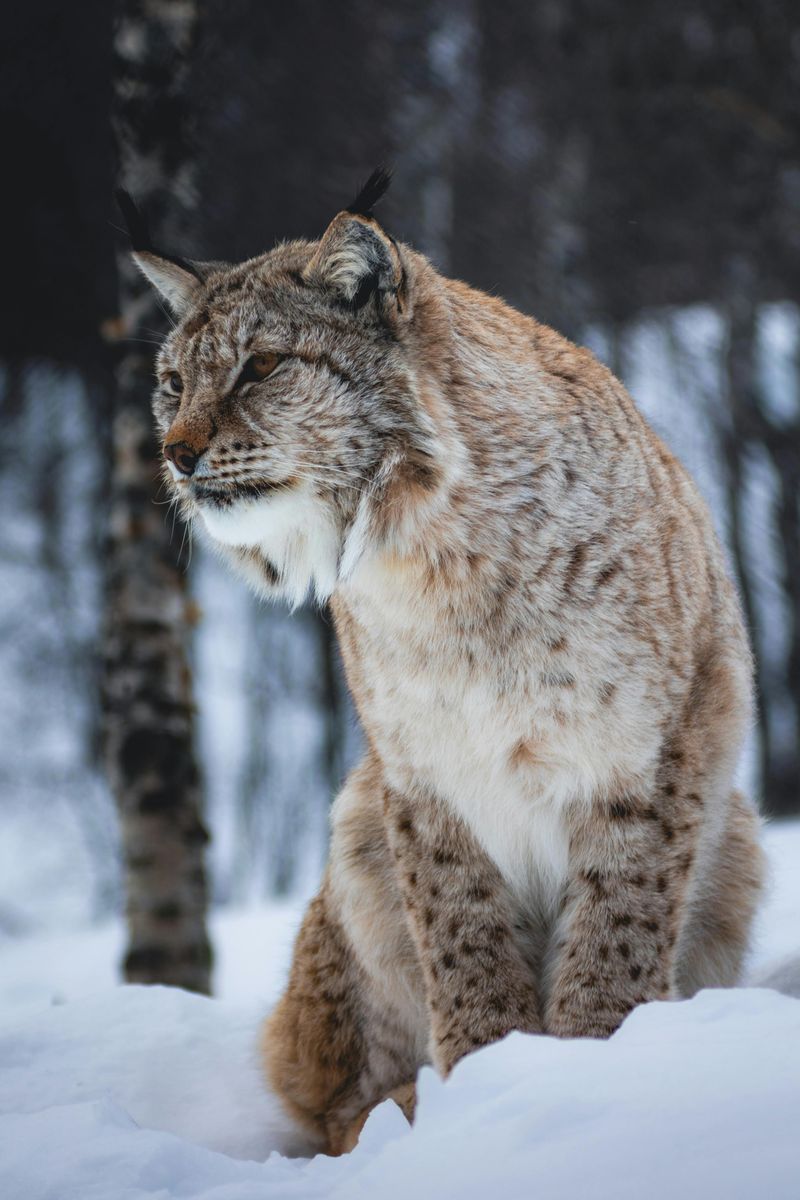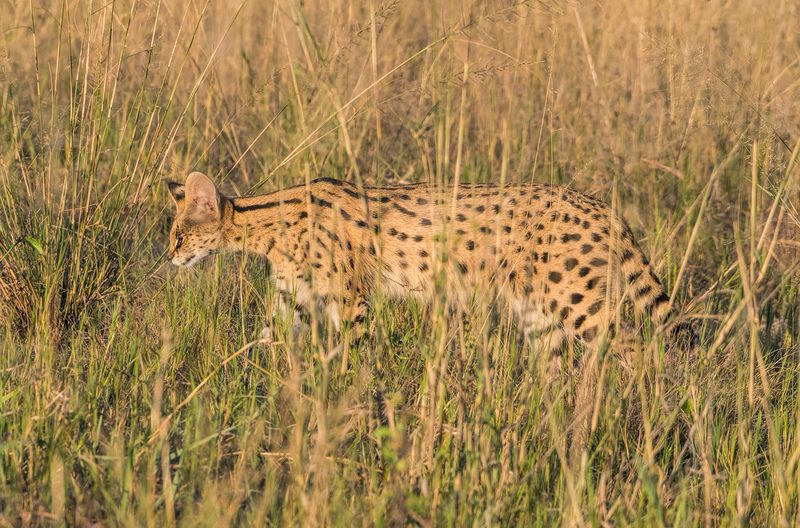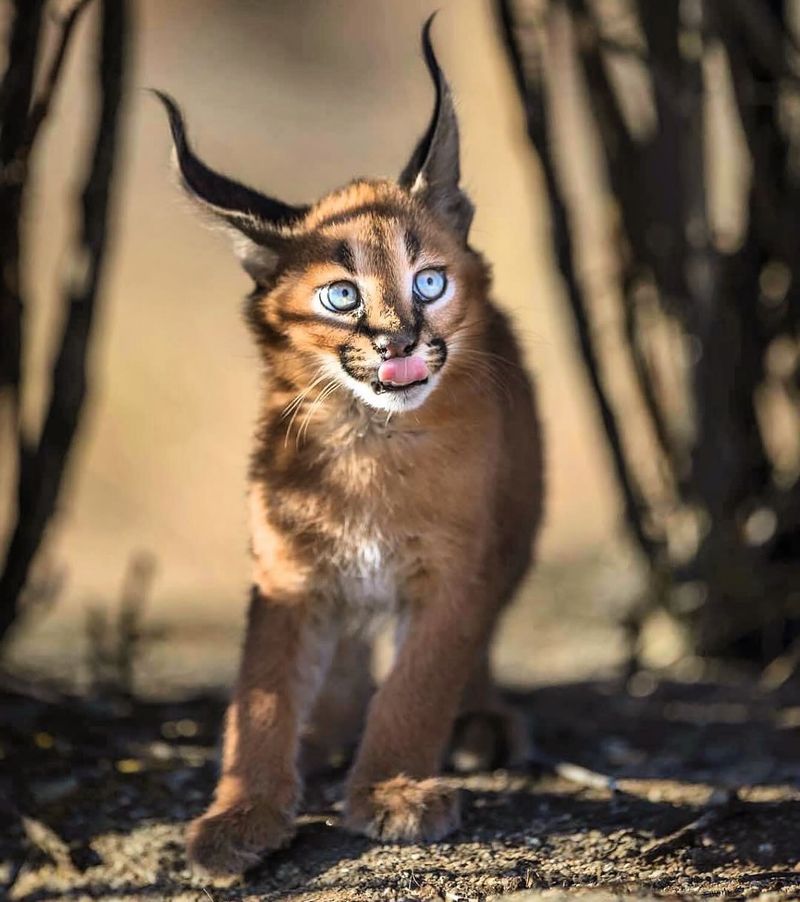📖 Table of Content:
Big cats are some of the most awe-inspiring animals in the wild, known for their strength, elegance, and striking appearance. Their presence in diverse landscapes highlights their adaptability and dominance within the food chain. These predators play a vital role in maintaining the balance of their ecosystems.
From open plains and dense jungles to snowy mountains and tropical forests, big cats have made their mark across the globe. Each species possesses specialized traits that allow them to hunt, navigate, and survive in their distinct environments. Sharp instincts and complex behaviors match their physical abilities.
Despite their power, many big cats face increasing threats from habitat loss, poaching, and climate change. Their survival depends not only on their own resilience but also on global efforts to protect and preserve their populations. Recognizing their importance is a crucial step toward ensuring their future.
1. Tiger
The largest of all big cats, tigers can weigh up to 660 pounds and stretch nearly 11 feet from nose to tail. Their distinctive orange coat with black stripes serves as perfect camouflage in tall grasses and forests.
Unlike many cats, tigers love water and are excellent swimmers, often cooling off in rivers and lakes during hot days. Their night vision is six times better than humans, making them formidable nighttime hunters.
Sadly, only about 3,900 tigers remain in the wild today. Three subspecies have already gone extinct in the past century, with habitat loss and poaching continuing to threaten these magnificent animals.
2. Lion
Known as the ‘King of the Jungle,’ lions are the only truly social big cats, living in groups called prides. Males sport magnificent manes that can range from blonde to nearly black, signaling their health and strength to potential mates and rivals.
A lion’s roar can be heard up to five miles away, serving as a warning to intruders and a way to communicate with pride members. These powerful hunters work together to bring down prey much larger than themselves.
Female lions do most of the hunting while males patrol and defend territory. Despite their fearsome reputation, lions sleep up to 20 hours daily!
3. Leopard
Masters of stealth and adaptability, leopards are found across Africa and parts of Asia in habitats ranging from rainforests to deserts. Their spotted coats provide perfect camouflage as they stalk prey through dense vegetation.
Pound for pound, leopards are the strongest climbers among big cats. They regularly haul prey twice their weight up into trees to keep it safe from scavengers. Some leopards can leap more than 20 feet horizontally and 10 feet vertically in a single bound.
Extremely solitary by nature, leopards mark their territory with scent and scratches. Each leopard’s spot pattern is unique, like human fingerprints.
4. Jaguar
Jaguars reign supreme in the Americas as the largest cat in the Western Hemisphere. Their name comes from the indigenous word ‘yaguar,’ meaning ‘he who kills with one leap.’ With the strongest bite force of any big cat, jaguars can pierce turtle shells and crocodile skulls.
Unlike most cats, jaguars enjoy swimming and often hunt caimans, capybaras, and fish in rivers. Their rosette spots differ from leopards’ by having small dots inside the larger spots.
Ancient Mayans, Aztecs, and other Mesoamerican cultures revered jaguars as symbols of power and divinity. Today, these magnificent cats face habitat fragmentation throughout their range.
5. Snow Leopard
Ghost cats of the mountains, snow leopards inhabit the rugged highlands of Central Asia at elevations up to 18,000 feet. Their thick fur coats, wide paws, and long tails help them navigate steep, snowy terrain with remarkable agility.
Snow leopards can leap six times their body length in a single bound when pursuing prey across rocky slopes. Their tails, nearly as long as their bodies, provide balance on steep terrain and wrap around their faces for warmth while sleeping.
Among the most elusive big cats, snow leopards rarely encounter humans. Scientists often must rely on camera traps to study these secretive mountain dwellers, whose population is estimated at fewer than 6,500 individuals.
6. Puma
Also known as cougars or mountain lions, pumas have the largest range of any land mammal in the Western Hemisphere, from the Canadian Yukon to the southern Andes. These adaptable cats can thrive in mountains, forests, deserts, and even wetlands.
Pumas hold the record for the most names of any animal—over 40 different names across various cultures and languages. Their powerful hind legs enable them to jump up to 40 feet horizontally and 15 feet vertically.
Unlike other big cats, pumas cannot roar due to different throat anatomy. Instead, they purr like house cats and make distinctive screams and whistles during mating season that have startled many hikers.
7. Cheetah
Built for speed rather than power, cheetahs are the fastest land animals, capable of reaching 70 mph in just three seconds. Their slender bodies, deep chests, and specialized leg muscles work like coiled springs during high-speed chases.
The black tear marks on a cheetah’s face help reduce glare from the sun while hunting during daylight hours. Unlike other big cats, cheetahs cannot fully retract their claws, giving them better traction during sprints.
Cheetah mothers are devoted parents, moving their cubs to new dens every few days to avoid predators. Despite their impressive speed, cheetahs face serious conservation challenges, with fewer than 7,000 remaining in the wild.
8. Clouded Leopard
Neither a true leopard nor a small cat, clouded leopards occupy their own unique branch on the feline family tree. Named for their distinctive cloud-like markings, these medium-sized cats inhabit the forests of Southeast Asia.
Clouded leopards possess the longest canine teeth relative to skull size of any cat—proportionally similar to prehistoric saber-toothed tigers. Their double-jointed ankles allow them to climb down trees headfirst, hang from branches by their rear feet, and even climb upside-down under branches.
These elusive cats remain among the least studied of all felines. Scientists have only recently begun documenting their behavior through camera traps and satellite tracking in their diminishing forest habitats.
9. Eurasian Lynx
The largest of the lynx species, Eurasian lynx roam the forests of Europe and Asia as secretive ambush predators. Their distinctive tufted ears act like parabolic sound collectors, enhancing their already exceptional hearing to detect prey movements from great distances.
Specialized for winter hunting, lynx have massive paw pads that act like natural snowshoes, allowing them to pursue prey across deep snow. Their thick winter coats can change color seasonally, from reddish-brown in summer to silvery-gray in winter.
Female lynx raise their kittens alone, teaching them hunting skills for nearly a year before the young cats establish their own territories. A healthy lynx can live up to 17 years in the wild.
10. Serval
Servals stand out with their extraordinarily long legs—the longest of any cat relative to body size—giving them a distinctive appearance on the African grasslands. These specialized limbs allow servals to peer over tall grasses and pounce with precision on rodents hiding below.
Their oversized ears can rotate independently to pinpoint the tiny sounds of mice and rats moving underground. Servals have an astonishing hunting success rate of 50%, much higher than lions (about 25%) or leopards (about 10%).
Despite weighing only 20-40 pounds, servals can leap over 9 feet high to catch birds in mid-flight. Their specialized hunting style involves a vertical pounce that stuns prey with powerful front paws.
11. Caracal
With bold black ear tufts that may grow up to 1.75 inches long, caracals stand out among wild cats.
These agile hunters are native to deserts and dry scrublands across Africa, the Middle East, and Asia.
Their tawny coats help them blend effortlessly into their arid surroundings.
Ancient Egyptians revered caracals for their hunting prowess and often depicted them in art and sculptures. Trained caracals were once used for bird hunting in India and Iran, where they could knock down multiple birds with a single leap.
Incredibly athletic, caracals can jump up to 10 feet high from a standing position to catch birds in flight. Their name derives from the Turkish word ‘karakulak,’ meaning ‘black ear.’
12. Ocelot
Covered in chain-like rosettes, ocelots are medium-sized cats known for their beautifully patterned coats. They are native to the Americas, where they prowl silently through thick forests, open grasslands, and thorny brush. Their graceful movements and keen senses make them formidable nocturnal hunters.
Salvador Dalí famously kept an ocelot named Babou as a pet, often bringing it to restaurants and public events on a leash. However, these wild cats make terrible pets, requiring large territories and specialized diets.
Ocelots have twice as many scent receptors in their noses as domestic cats, enabling them to track prey through complex forest environments. Their pupils can dilate three times larger than human eyes, giving them exceptional night vision for hunting nocturnal prey.
